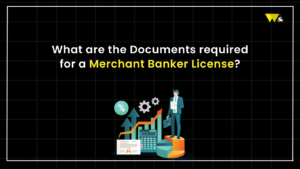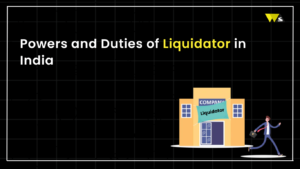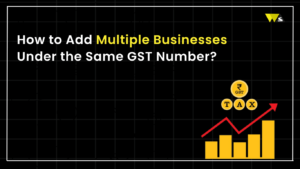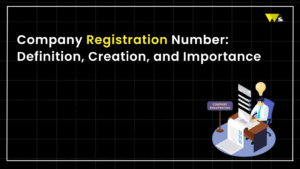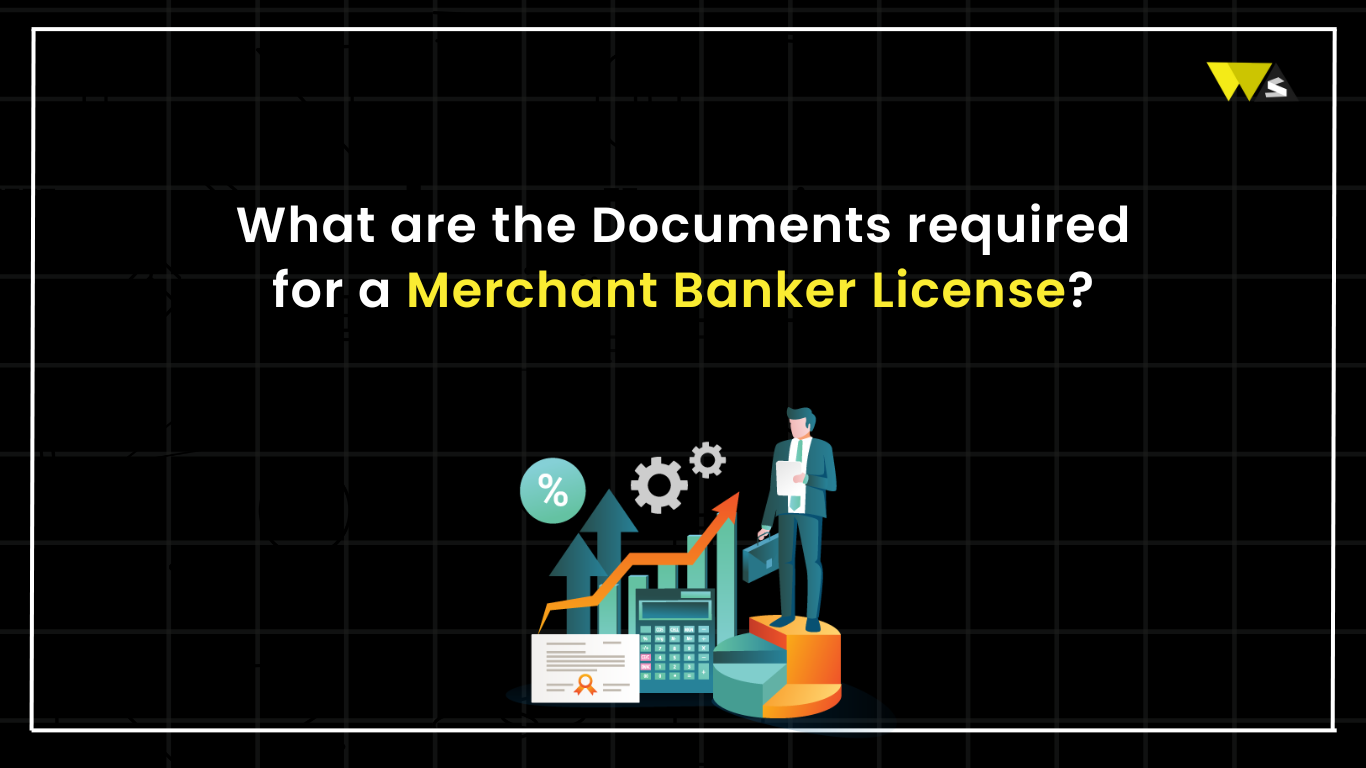When a company is winding up its business and getting shut down permanently, the process is called Liquidation. If a company is getting liquidated and you are associated with it in some manner, you must be wondering who would be the first person to get the pay. Creditors are an important and inevitable part of a company. It is therefore important to understand which creditor gets access to the payment first during a liquidation process.
During an insolvent liquidation of a company, the assets get dissolved and the money that comes out of the process will get distributed among the creditors. The management needs to find a licensed insolvency practitioner or IP for this process. As per the Insolvency Act 1986, the insolvency practitioner makes sure that the process gets over soon and the money gets distributed among the creditors without a fuss. There can be several creditors in a farm and they have invested their money in it. But there’s a sequence according to which, the creditors will get paid post liquidation. This classification is based on the type of debts the company owes. The IP can find a ranking there according to which he will decide which creditor will get his money first once the company is down with the liquidation process.
So, when a company goes into liquidation, the secured creditors get the priority first. When the debt repayment takes place, they will get their share from the repayment first before other creditors. Property pledged as loan collateral are given to these creditors first during the liquidation process. These secured creditors have more legal rights on certain assets than the unsecured creditors. If a person lends money to a business, he needs a certain type of security. This prioritization post liquidation ensures a lender’s access to the credits of a business. Also this makes sure that the lender’s interests get secured during the bankruptcy of the business.
Liquidation in a nutshell: If we want to describe the liquidation process in a nutshell, it would be very easy to understand. When a company does not want to continue its business or wants to go into bankruptcy, the management or the court decides to sell off the assets of the company and pay the creditors their due amount. Now, in a company many creditors of different categories can be found. In this article, we will try to understand which creditor gets his hand first on the money after the liquidation process gets over.
Every business needs to satisfy certain conditions in order to go for the liquidation process. The Adjudicating Authority looks over the whole procedure. This authority makes sure that companies satisfy some conditions while applying for the liquidation process. Here are the conditions they should abide by:
- The resolution for the liquidation should reach the authority before the deadline comes. If it reaches after the deadline, it will be considered a failure.
- If the National Court of Adjudicating Authority does not accept the resolution plan, it will be deemed failure.
- If the COC or Committee of Creditors allows the debtor to initiate the liquidation procedure.
- The resolution plan should be compiled with the corporation’s debtor. If it is not, the process will get terminated.
In the beginning, an adjudicating authority will receive the liquidation request and approve it. Once it approves the request, a resolution professional should come into the picture. He will play the role of a liquidator and he will oversee the whole process. Also, the adjudicating authority can replace this resolution professional or liquidator at any point of time. This process can be done due to IBC or Insolvency and Bankruptcy Code. The liquidator will be right fit for the role as per IBC and will hold the position until the liquidation process gets over.
When a business gets insolvent, who will get paid first?
Preferential creditors are those who get first preferences when an insolvent business gets liquidated. They are entitled with the first payment once the assets are sold and the company gets dissolved. One can find this rule in the Insolvency Act 1986.
According to the Insolvency Act 1986, there must be a hierarchy which decides which category of creditors will get the payment first once the liquidation process gets over. This type of creditors are the first ones to ask for their debts from the funds once the company gets liquidated. Every creditor from a certain class should get paid first before the next set of creditors can claim their debts post the liquidation process.
The hierarchy of getting credits post a company’s insolvency is:
- Secured creditors come first in this line.
- Now comes the liquidation’s expenses.
- The Preferential creditors come next
- Now comes the creditors with the ordinary credit.
- Now comes the interest on preferred debts and ordinary debts.
- Last but not the least, members of the company gets their share
Let’s check the categories:
Secured Creditors: Secured creditors are the first in line when the funds post liquidation are distributed. Suppose a company has taken a loan from a bank to buy any property. Now, when the company goes into liquidation, the bank will be the secured creditor and will get its debts back before others.
Liquidation expenses: Liquidators are highly educated and seasoned professionals who look over the liquidation process. So the creditors should agree that this person gets his fees before the creditors get their debts. In this process, the liquidator will make sure that a good amount comes from the liquidation process.
Preferential creditors: Preferential creditors are the employees of the business who are due with the wage payments. Some employees owe a lot of money to the business and they are considered as the preferential creditors. If there’s little money left from the liquidation and not all preferential creditors will be paid from it, they will get paid from the Government’s Redundancy Payments Fund.
Ordinary creditors: Ordinary creditors are those who do not fall under the preferred or secured creditors list. This list will include contractors, suppliers, staff claims and redundancy payments, etc.
Interest: Companies that go into liquidation are the ones that happen to run into a loss for quite some time. For such companies, taking loans from different institutions is a common thing. In most of the cases, they cannot even pay the interest for those loans. So, once the company gets liquidated and secured creditors, preferential creditors are paid their part, and liquidation expenses are secured, it is time for the interest for those loans to be paid.
Shareholders of the company: Once all of the people mentioned above are paid, shareholders can place their claims. Directors of the company are also considered as shareholders. Once everything is settled, if any money or company’s asset is left to be liquidated, the shareholders can place their claims. Shareholders are considered to be donors who have donated their money to the company. It is a risky affair. They will get their share only when others in the repayment line get paid fully. Thus, it is always advised that shareholders should transform their equity into secured debts. In this way, they will get paid if the company goes into liquidation.
Conclusion
Once the whole liquidation process gets over, the creditors will get their due as per their categories. Once the creditors are paid, the shareholders will ask for their share from the remaining fund. Once everything is settled, the company ceases to exist.




